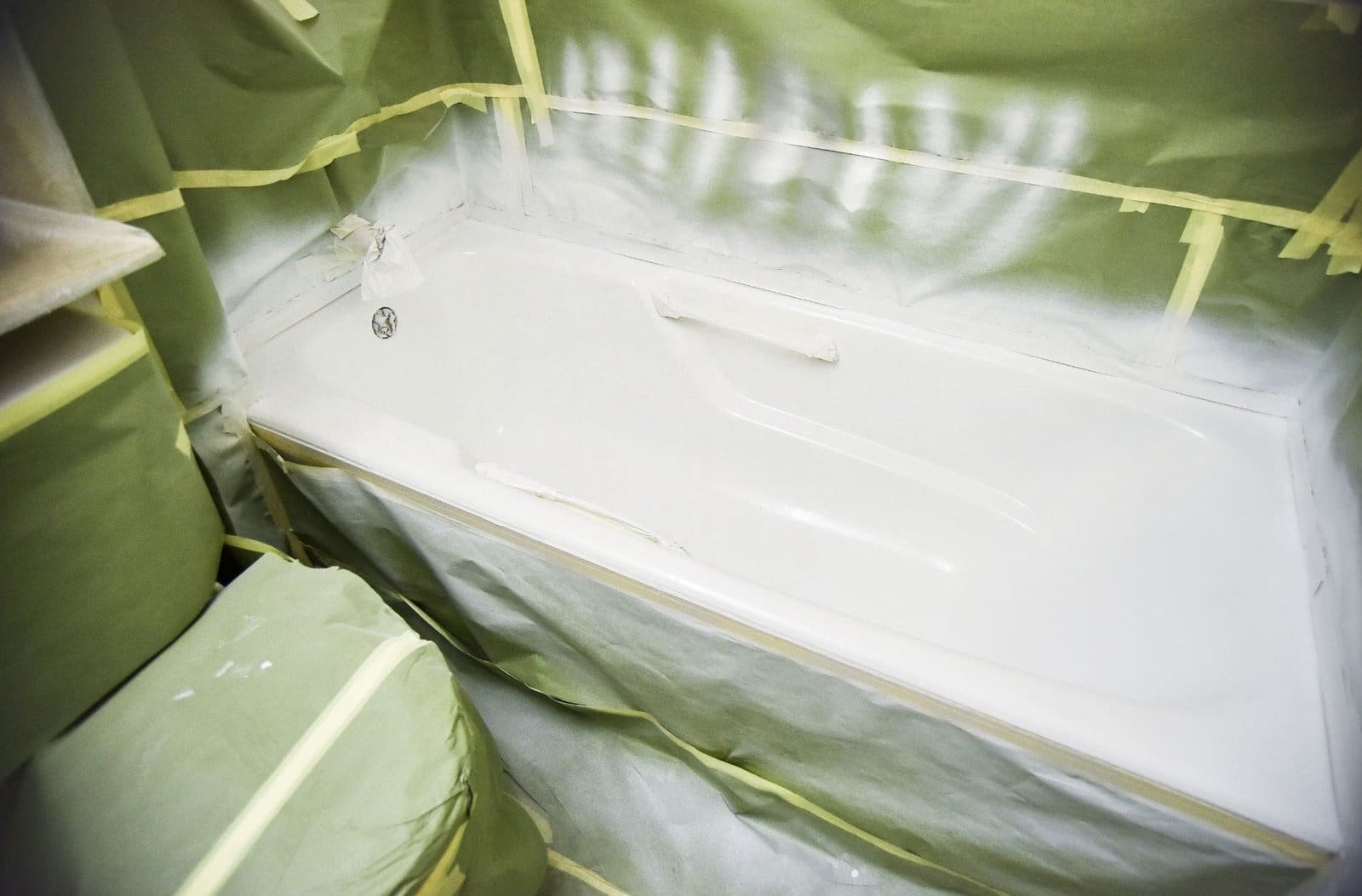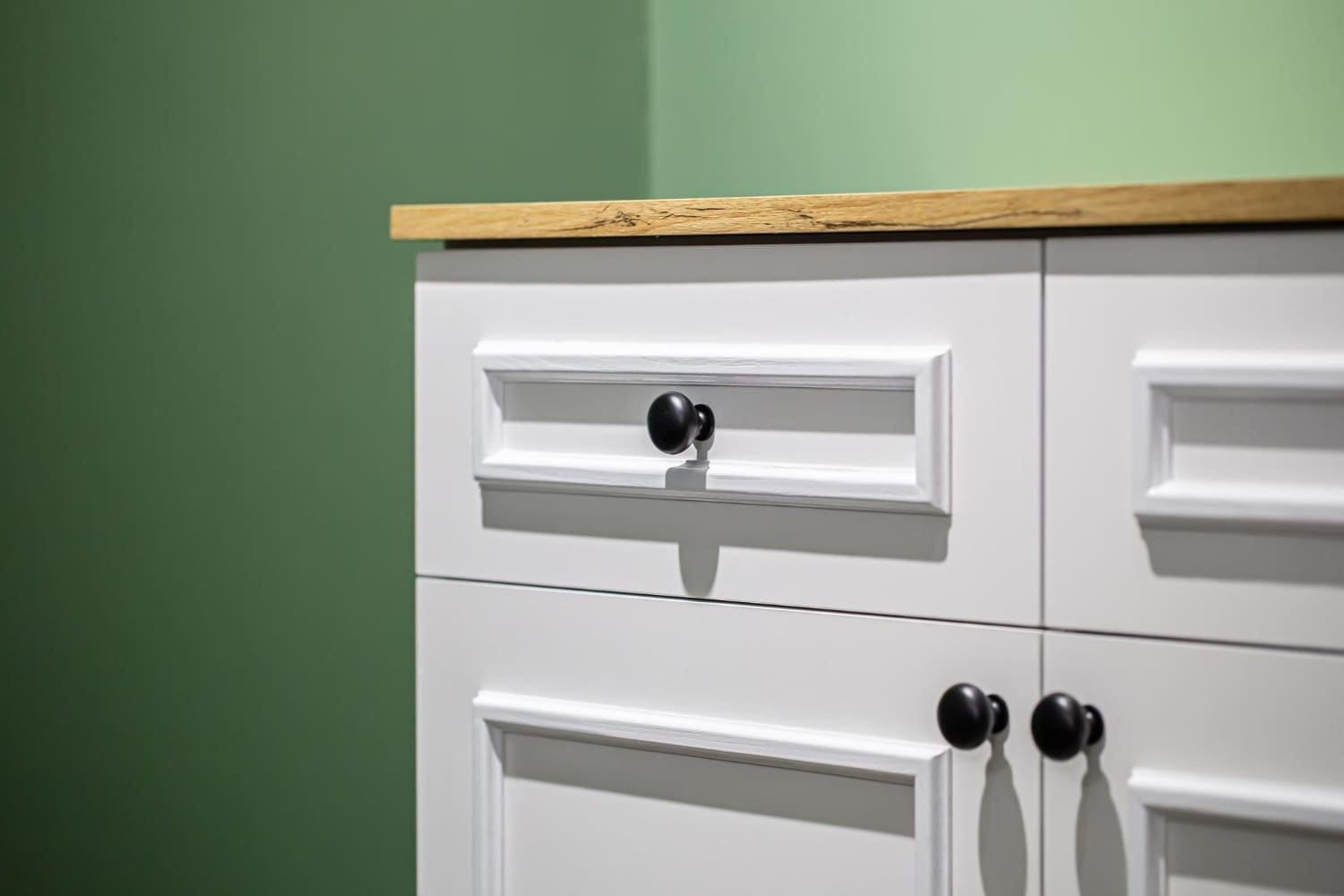Tampa’s climate is famous for its warm temperatures and high humidity levels. While this weather is great for sunny days and lush landscapes, it poses unique challenges for painting. Humidity can significantly impact paint jobs, leading to problems like peeling, blistering, and fading if not properly addressed.
The Impact of Tampa’s Humidity on Paint Durability
Tampa’s high humidity can greatly affect the longevity and performance of house paint. Moisture in the air tends to be absorbed by the paint film, which can lead to various issues. When humidity levels are high, paint drying times are extended. This prolonged drying can make the paint more vulnerable to environmental factors, causing it to deteriorate faster than in drier climates.
Humidity leads to several visible signs of paint damage. Peeling or bubbling paint is common when moisture becomes trapped under the paint layer. This can weaken the bond between the paint and the surface, resulting in unsightly patches. Blistering is another issue where bubbles form beneath the paint layer, making your home look poorly maintained.
Mildew and mold are risks in such damp conditions. These can develop on painted surfaces if moisture isn’t managed properly, posing health risks and reducing a home’s aesthetic appeal. Discoloration or fading is another consequence as humidity can alter the chemical composition of paint, resulting in premature color loss.
Choosing the Right Paint for Humid Climates
Selecting the right type of paint is essential for managing Tampa’s humidity. Certain paints contain qualities that make them better suited for damp environments. Look for paints specifically labeled as “weather-resistant” or “moisture-resistant,” as these are designed to withstand humidity.
Features to consider when choosing paint for humid climates include:
- Breathability: Allows trapped moisture to escape, preventing bubbles and peeling.
- Mold and Mildew Resistance: Contains additives that help prevent fungal growth, which is important in damp conditions.
- Quick Drying Formulas: Some paints are engineered to dry more quickly, minimizing the impact of humidity.
- UV Resistance: Protects against fading from intense sunlight, a common factor in Florida.
Acrylic latex paints are often recommended for their durability and resistance to cracking and chalking in humid conditions. These paints maintain their color and finish, providing longevity and value. High-quality paints may cost more initially, but their extended durability offers savings over time by reducing the need for frequent repaints.
Best Practices for Painting in Humid Conditions
Painting in humid environments like Tampa requires special techniques to ensure a high-quality finish. Professionals know that timing is crucial when applying paint in these conditions. Painting during the cooler parts of the day, such as early morning or late afternoon, can help avoid the peak humidity levels that occur in the middle of the day. This strategy helps paint adhere better and reduces the risk of issues like blistering.
Proper surface preparation is essential. Surfaces should be clean and dry to ensure optimal paint adhesion. Moisture barriers or sealants might be necessary on certain surfaces to minimize water penetration. Sanding or pressure washing can remove loose or peeling paint, providing a smoother surface for new paint and reducing the impact of humidity.
Ventilation is another key factor. When painting interiors, ensuring adequate airflow can speed up drying times and prevent moisture buildup. Using dehumidifiers can also be beneficial in interior spaces. For exterior projects, monitoring weather forecasts to avoid rainy or extremely humid days is advisable. These techniques help manage the challenges posed by high humidity, resulting in durable and long-lasting paintwork.
The Importance of Professional Expertise in Humid Areas
Hiring professionals with expertise in painting under humid conditions is vital for achieving the best results. Skilled painters understand the unique challenges that Tampa’s climate presents and have the experience needed to tackle them effectively. They are trained to spot potential humidity issues and implement preventive measures during the painting process.
Look for certain qualities when selecting a painting service. Experience in local weather conditions and a track record of dealing with similar projects are crucial. Professionalism and a strong reputation for quality work should also be considered. Reviews or word-of-mouth recommendations can provide valuable insights into a company’s reliability and expertise.
Another important aspect is knowledge of the latest paint products and technologies suitable for humid environments. Experts can recommend which products will offer the most durable and aesthetically pleasing results. By working with experienced painters, homeowners can ensure their paintwork withstands the challenges of Tampa’s humidity, maintaining its beauty and protection over time.
Conclusion
Understanding the impact of Tampa’s humidity on paint jobs is crucial for maintaining your home’s exterior and interior appeal. The unique challenges of humid conditions make choosing the right paint and employing expert techniques essential. By taking appropriate steps and enlisting professional help, homeowners can protect their investments and enjoy long-lasting beauty and durability. From selecting breathable and moisture-resistant paints to timing and preparation, effective painting strategies are key to overcoming humidity-related obstacles.
Our experienced team understands the challenges of humid climates and is committed to delivering exceptional results. Whether you’re updating your home’s exterior or tackling an interior painting in Tampa, we are ready to assist you with expertise and care. Contact Peach Painting today to ensure your paint job withstands the test of Tampa’s weather and adds lasting beauty to your home!






